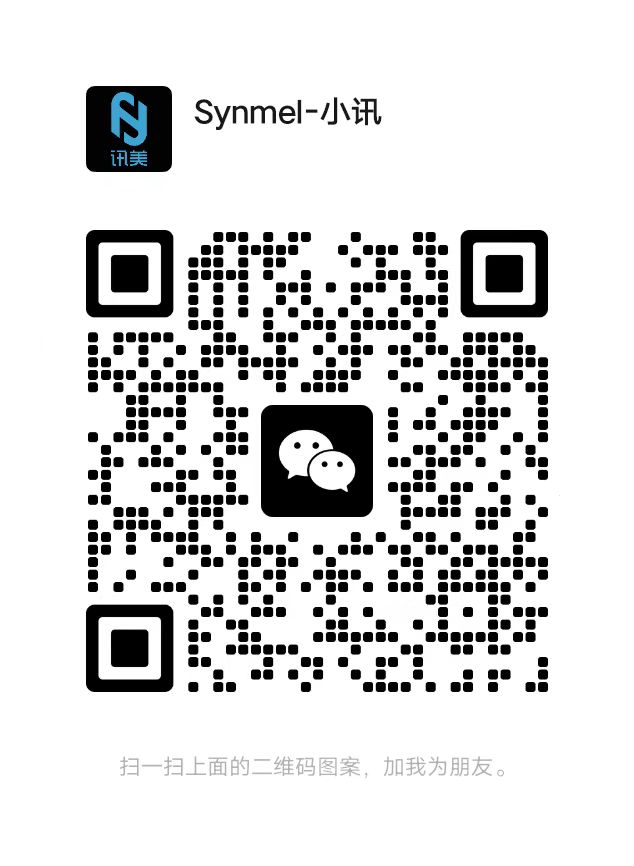- English
- Español
- Português
- русский
- Français
- 日本語
- Deutsch
- tiếng Việt
- Italiano
- Nederlands
- ภาษาไทย
- Polski
- 한국어
- Svenska
- magyar
- Malay
- বাংলা ভাষার
- Dansk
- Suomi
- हिन्दी
- Pilipino
- Türkçe
- Gaeilge
- العربية
- Indonesia
- Norsk
- تمل
- český
- ελληνικά
- український
- Javanese
- فارسی
- தமிழ்
- తెలుగు
- नेपाली
- Burmese
- български
- ລາວ
- Latine
- Қазақша
- Euskal
- Azərbaycan
- Slovenský jazyk
- Македонски
- Lietuvos
- Eesti Keel
- Română
- Slovenski
- मराठी
- Srpski језик
Will food packaging also carry supermarket acousto-magnetic anti-theft labels?
2021-08-03
After buying something at the supermarket, the cashier will scan it at the checkout counter. If there are anti-theft buttons on clothes or knitted fabrics, the cashier will decode and demagnetize the processing method. What is the anti-theft effect of food? Is it true that some people say that supermarket food generally has no anti-theft?
In fact, supermarket food generally has anti-theft methods, and now more use bar codes for anti-theft. There are anti-theft barcodes on the outer packaging of the snacks, chocolates and biscuits we usually eat. The barcode on the product is printed on the supermarket acousto-magnetic anti-theft label during production, and the basic information of the product is stored in it.
However, supermarket staff will stick anti-theft barcodes on certain valuables. These anti-theft barcodes are what we often call anti-theft soft labels. The anti-theft soft label is not affixed to all products. Regarding supermarket handling, general milk powder, tea, cosmetics, etc. will be accompanied by soft anti-theft labels. If you notice that there are sometimes two barcodes on the product, one is a normal barcode, and the other is an anti-theft barcode.
Now, RFID radio frequency tags are becoming more convenient. It can be affixed in the same position as general paper labels, and can also be applied to zigzag products. Its internal information storage is larger and the price is higher. Some cheap bulk foods, such as supermarkets, can be affixed with RFID tags on the packaging bags.
Of course, some supermarkets still use some supermarket acousto-magnetic anti-theft tags, such as meat or fish, and put the anti-theft security tags on the bags after weighing. When making a payment, ask the cashier to decode it. Therefore, supermarket food is generally anti-theft, but the anti-theft method is different. A small number of foods may not have anti-theft function, which generally depends on the actual situation in the supermarket.
In fact, supermarket food generally has anti-theft methods, and now more use bar codes for anti-theft. There are anti-theft barcodes on the outer packaging of the snacks, chocolates and biscuits we usually eat. The barcode on the product is printed on the supermarket acousto-magnetic anti-theft label during production, and the basic information of the product is stored in it.
However, supermarket staff will stick anti-theft barcodes on certain valuables. These anti-theft barcodes are what we often call anti-theft soft labels. The anti-theft soft label is not affixed to all products. Regarding supermarket handling, general milk powder, tea, cosmetics, etc. will be accompanied by soft anti-theft labels. If you notice that there are sometimes two barcodes on the product, one is a normal barcode, and the other is an anti-theft barcode.
Now, RFID radio frequency tags are becoming more convenient. It can be affixed in the same position as general paper labels, and can also be applied to zigzag products. Its internal information storage is larger and the price is higher. Some cheap bulk foods, such as supermarkets, can be affixed with RFID tags on the packaging bags.
Of course, some supermarkets still use some supermarket acousto-magnetic anti-theft tags, such as meat or fish, and put the anti-theft security tags on the bags after weighing. When making a payment, ask the cashier to decode it. Therefore, supermarket food is generally anti-theft, but the anti-theft method is different. A small number of foods may not have anti-theft function, which generally depends on the actual situation in the supermarket.



